10 Reasons the French Riviera Is Still Worth Visiting on a Budget
The French Riviera doesn’t have to mean yachts, champagne, and luxury hotels. Behind the glossy image, there’s a surprisingly down-to-earth side if you know where to look.
Here’s a closer, practical take on how travelers are enjoying the Riviera without breaking the bank.
1. Nice Makes the Perfect Home Base
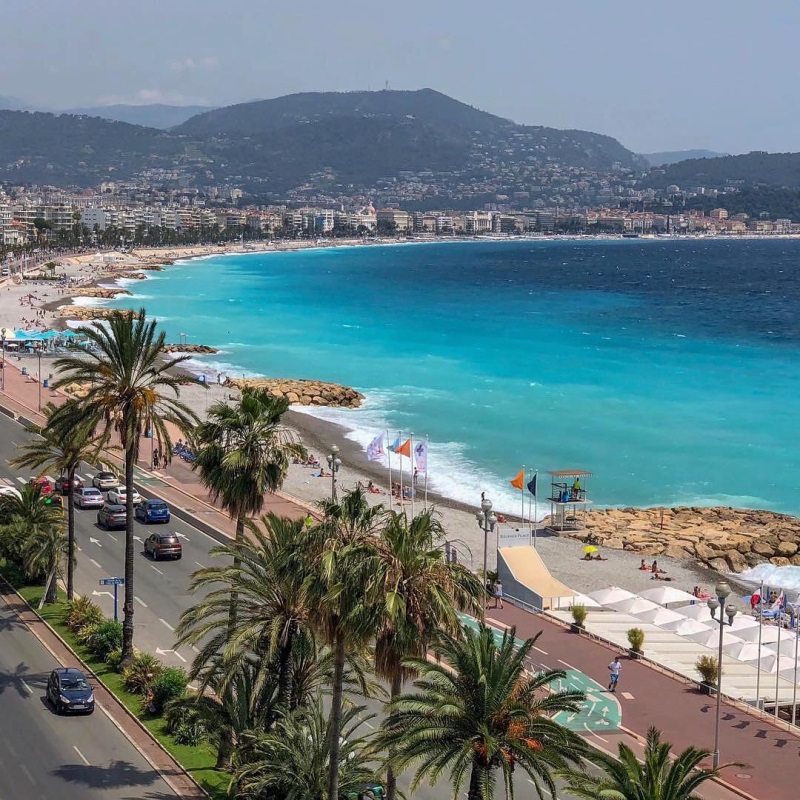
Nice is well-connected, walkable, and loaded with options in every price range. You’ll find supermarkets, bakeries, and plenty of small restaurants tucked away from the seafront.
The old town has lively streets, a few good museums, and food markets that stay open into the afternoon. From Nice, you can catch trains or buses to every major coastal town nearby without needing a car.
Many travelers stay in budget hotels or small apartments near Place Garibaldi or the train station. From there, you’re a short walk from the beach and major transport lines.
2. You Can Explore by Train and Bus

Trains run along the coast regularly and are cheap, just a few euros will get you from Nice to Antibes, Menton, Monaco, or Cannes.
Buses reach places like Èze, Saint-Paul-de-Vence, and even smaller beach towns like Cap d’Ail or Villefranche-sur-Mer.
Most people recommend getting a weeklong pass if you’re staying several days. It saves money and avoids buying individual tickets every time.
3. There’s Street Food You’ll Want to Eat
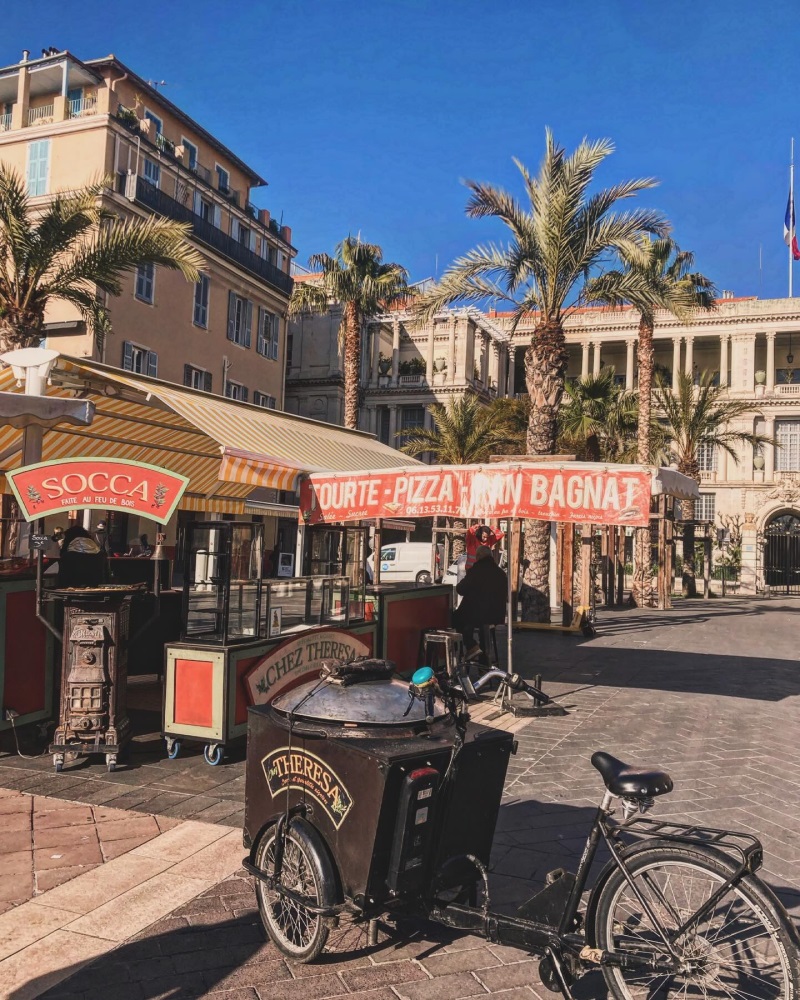
Forget the overpriced restaurants on the Promenade. Grab a pan bagnat or a slice of pissaladière from a bakery. Socca (chickpea pancake cooked in a wood-fired oven) is a local favorite you’ll find sold at markets or small kiosks.
Many travelers keep things simple: baguette, cheese, fruit from the market, and a bottle of wine for a picnic by the beach. It’s cheap, filling, and doesn’t feel like a compromise.
4. Day Trips Without Extra Cost
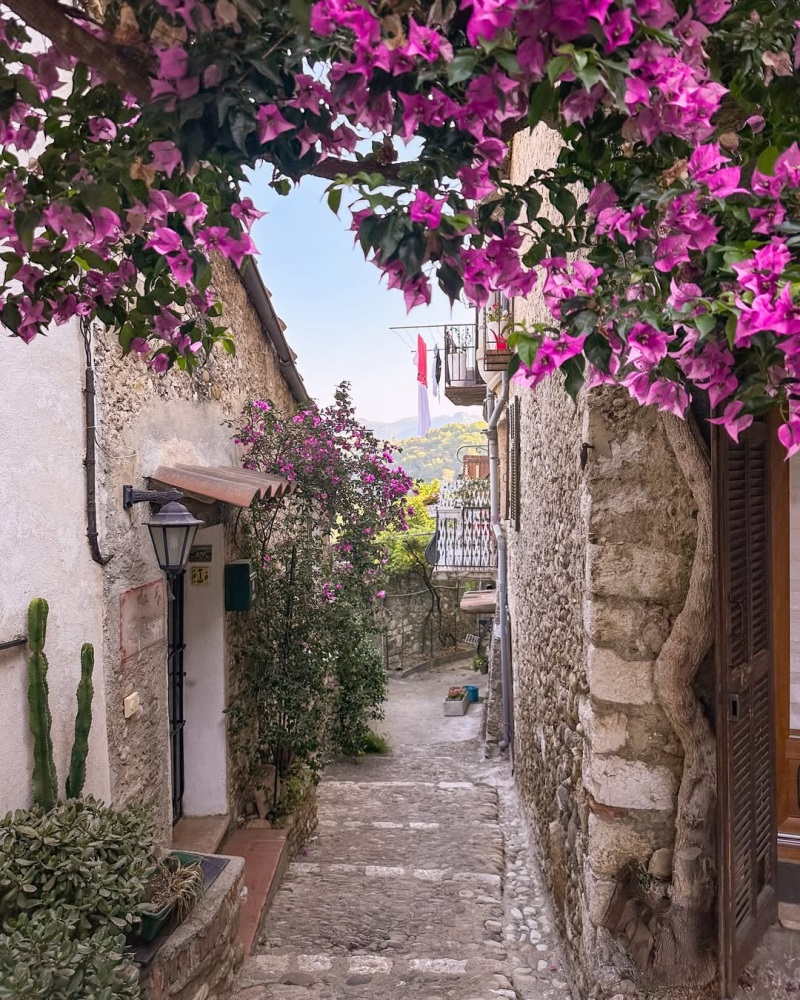
The coastal towns are all close. You can wake up in Nice, explore a medieval hilltop village by noon, and be back for dinner.
Places like Èze, Menton, and Antibes each offer something different: gardens, art museums, quiet harbors, or old town lanes.
Èze’s Jardin Exotique has sweeping views of the sea. Menton’s Italian influence shows up in the food and architecture. Antibes has a Picasso museum and a small market full of local snacks.
You don’t need to book tours, just check the train or bus times and go.
5. Beach Time Doesn’t Cost a Thing

The Riviera coastline has plenty of free public beaches. You’ll need to bring a towel and maybe deal with pebbles in Nice, but the water is clean and clear.
Some sandy beaches exist too, like Plage de la Garoupe in Antibes or Plage Mala in Cap d’Ail.
If you want a little comfort, a few beach clubs offer affordable half-day rentals for chairs and umbrellas, especially outside of peak months. But plenty of travelers skip this entirely and still enjoy the same blue water.
6. You’ll Find Better Deals Outside the Big Spots
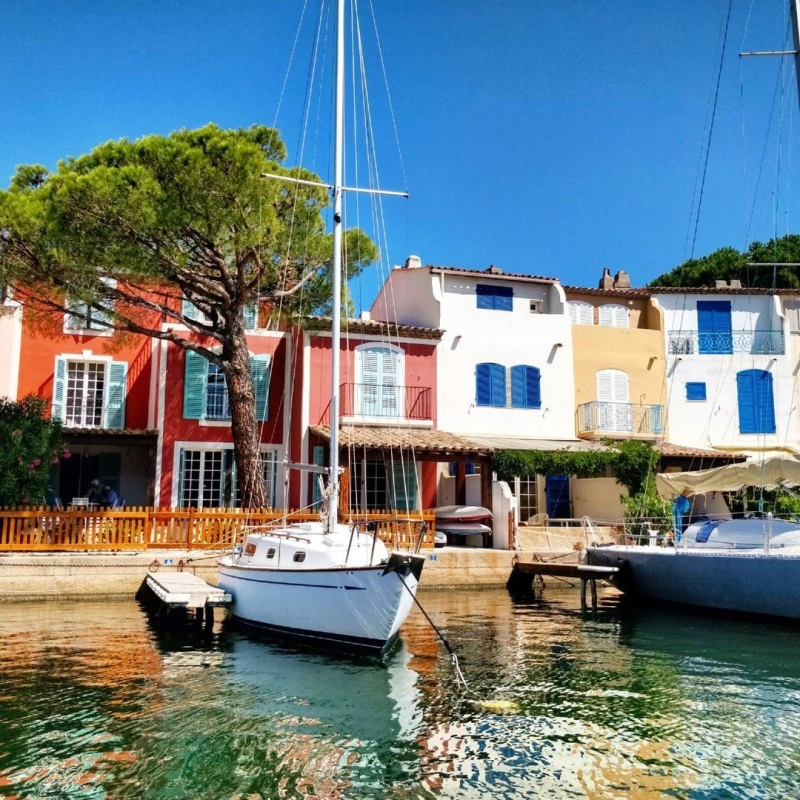
Villefranche-sur-Mer, Roquebrune-Cap-Martin, and Beaulieu-sur-Mer offer a calmer atmosphere and lower prices than hotspots like Monaco or central Nice.
You still get beach access, bakeries, and cafés, but without the designer boutiques or luxury crowds.
Port Grimaud is another option a bit farther out. It’s quiet, has walkable canals like a mini-Venice, and hotels with beach access.
People also mention La Croix Valmer and Saint-Maxime as surprisingly affordable with great views of the Mediterranean.
7. Monaco Can Be Done on a Shoestring
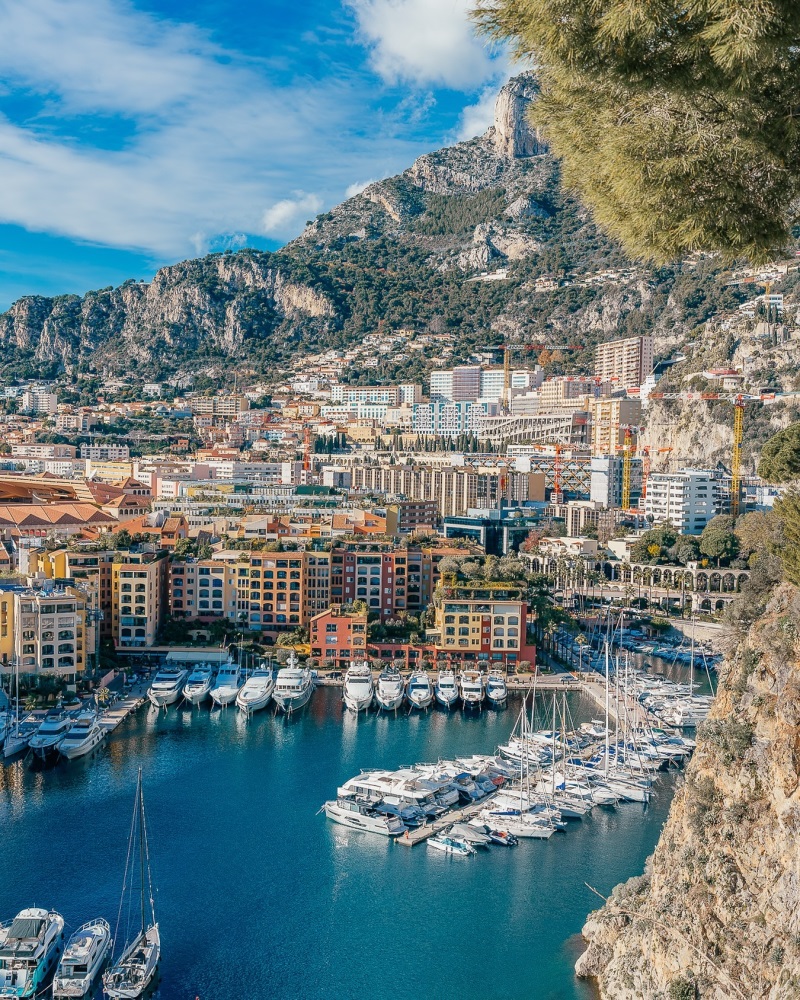
Skip the shopping and go for the walk. Many travelers take the train to Monaco for a few hours, stroll past the casino and harbor, grab a gelato, and hop back on the train to Nice.
There’s a public path from the train station to the gardens and palace. If you time it right, you can catch the changing of the guard.
The oceanography museum isn’t free, but it’s well-liked. Meals, however, are best left for somewhere else.
8. Off-Season and Shoulder Season
May and September are ideal. The water’s warm, the crowds are smaller, and prices drop noticeably. Some say even November can be pleasant: fewer tourists, easier to find a spot on the beach, no long restaurant lines.
You can still get sun without paying summer prices. Just check the calendar, since some places close for lunch or shut down completely in the off-season.
9. Art and History Are Often Free
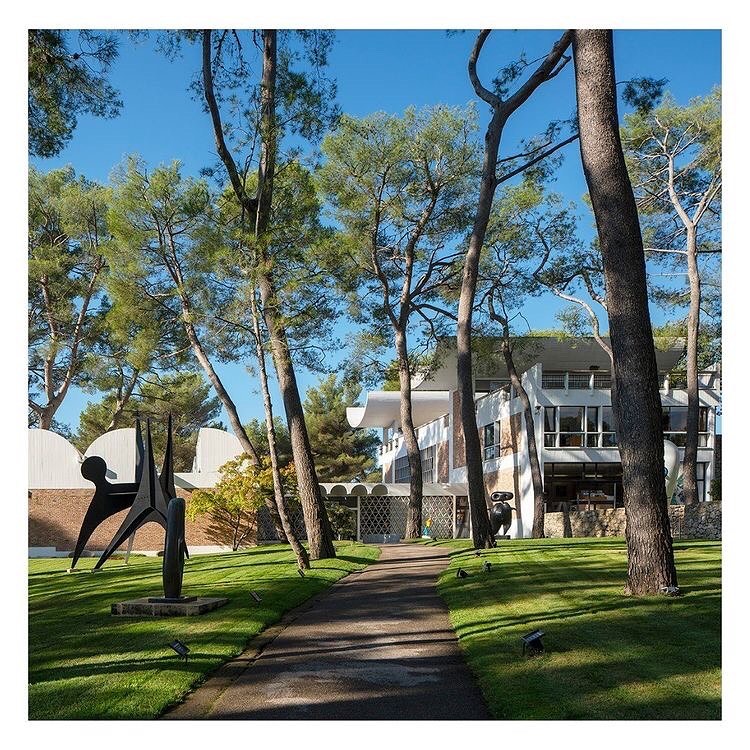
Nice has the Matisse and Chagall museums, both affordable and easy to reach. Antibes has a small Picasso museum in the old Château Grimaldi overlooking the sea.
In Saint-Paul-de-Vence, the Fondation Maeght holds works by Giacometti, Miró, and others in a hilltop setting.
Several towns have open-air sculpture gardens, free concerts in the summer, and walking routes that pass Roman ruins, old ramparts, or artists’ homes. You don’t have to spend on entrance tickets to get a sense of the region’s history.
10. It’s Not Just for the Rich
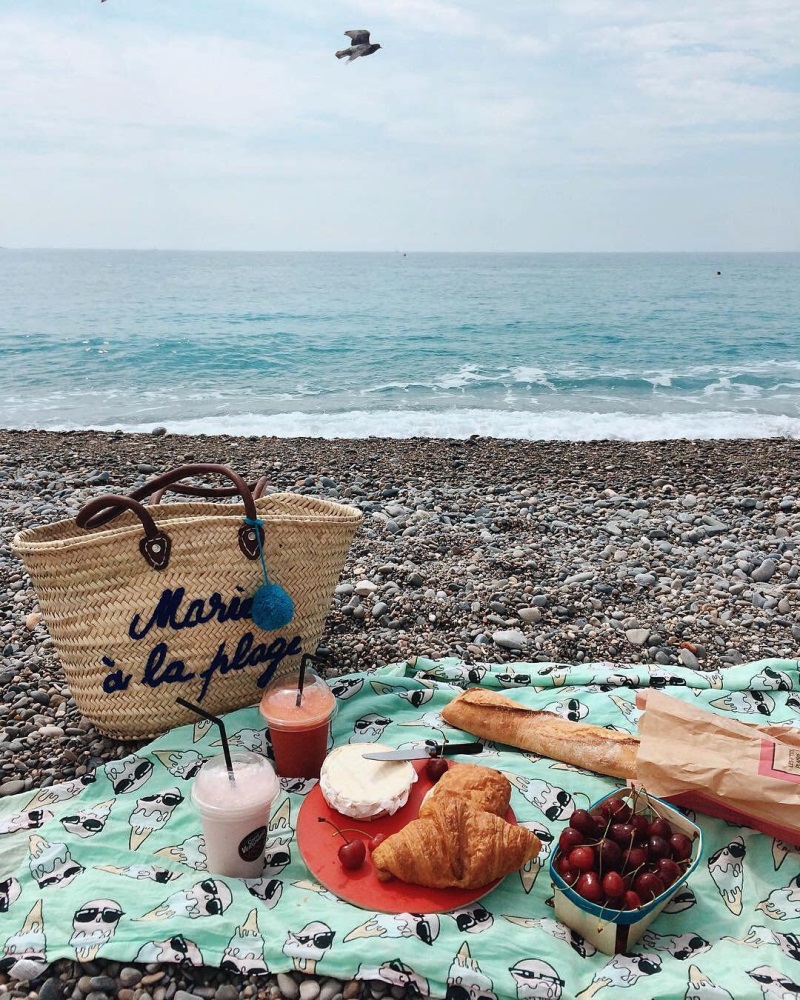
The Riviera’s high-end image comes from a few streets and luxury hotels. But the towns themselves are lived in by middle-class families, artists, students, and retirees.
You’ll meet people eating €8 sandwiches and drinking rosé on the beach just as often as you’ll spot someone driving a Ferrari.
Most travelers who shared their experience say they had a great time without any splurging. Some stayed in hostels, others in small studios or cheap hotels.
Some lived on bakery snacks, others cooked simple meals. Almost all said it was beautiful, easy to get around, and surprisingly affordable.
